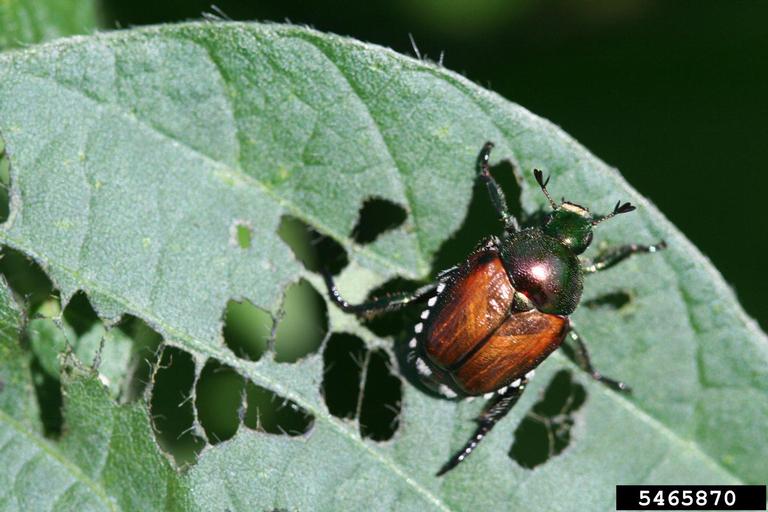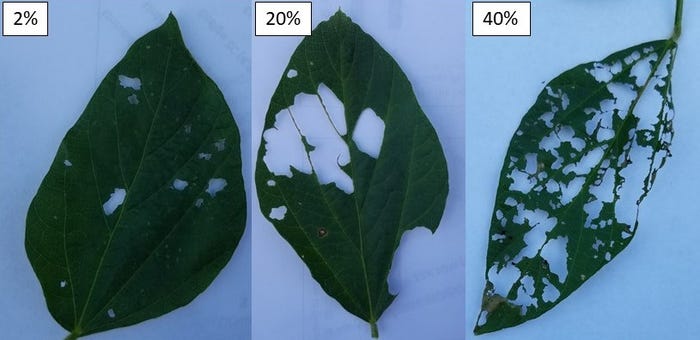July 20, 2018

Source: University of Illinois Extension
It is proving to be a big year for Japanese beetles in Illinois, and while populations should be starting to decline in much of the state, there is still a lot of feeding going on. The damage these insects cause can be eye-catching, especially on the edges of fields where Japanese beetles tend to congregate; however, before you decide to put out an insecticide, you want to be sure that decision is justified by the economics of the system. The economic threshold is the level of insect pests or damage at which a control should be implemented to prevent economic damage from occurring.

Corn
Silk clipping by Japanese beetle feeding can impact pollination; however, this damage often appears worse than it is. The economic threshold for this damage is 3 or more beetles per ear with silks clipped to ½” or less while pollen shed is <50% complete. In many cases silk clipping is observed on ears that have already been pollinated, and if an insecticide is put out at that point it will only be good for “revenge.”
Soybean
The economic threshold for defoliation of soybean (whether caused by Japanese beetle and/or other defoliating species) is 30% defoliation prior to bloom and 20% after bloom, with the target insect still present in the field and actively feeding. Defoliation is easy to over-estimate, so be sure to train your eyes to get an accurate estimate.

Soybean defoliation caused by Japanese beetles ranging from 2-40% of the leaf area
If an insecticide is justified, initial control with a pyrethroid or carbamate insecticide is not difficult to achieve. However, be aware that the residual activity of these materials is short-lived. I have heard anecdotal reports of fields being sprayed multiple times for Japanese beetles – a frustrating situation given that the economic threshold was likely never reached. Scouting fields thoroughly and using economic thresholds to guide treatment decisions helps to ensure that these inputs are used only in situations where they are likely to provide a positive return on investment.
Originally posted by Iowa State University Extension.
About the Author(s)
You May Also Like




